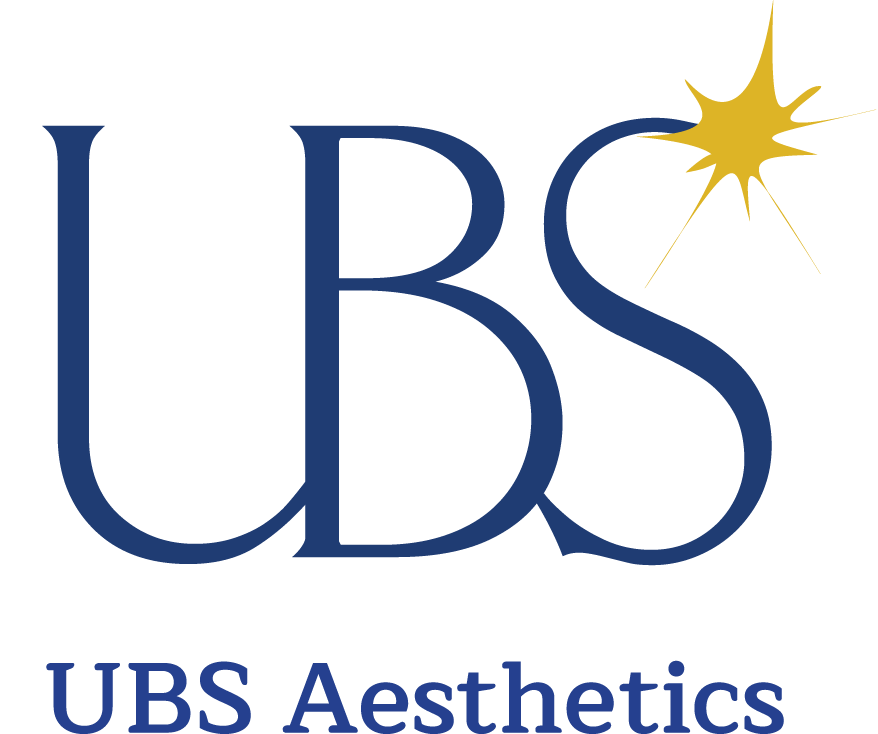
Toners, serums, and expensive moisturizers only get you so far if you’re on a mission to achieve smooth, glowing, and radiant skin. Exfoliation is a key component of any glass-skin seeker’s skincare routine, and if you’ve yet to include it as part of your regimen, now’s a great time to start.
The epidermis naturally sheds dead skin every 28-30 days, replacing them with new cells. But the skin cycle isn’t always perfect, and sometimes the epidermis needs a bit of assistance shedding that dead skin. When left on the skin’s surface, dead cells cause dry, flaky patches, creating a dehydrated and dull appearance.
Physical microdermabrasion and chemical peel exfoliants are in-office treatments performed by trained aestheticians that work by sloughing dead skin, dirt, built-up oils, and other impurities off the top layer of the epidermis. At-home physical exfoliators only buff away dead cells at the surface of the top layer of skin, while the PowerPeel® Microdermabrasion machine and PowerPeel® Glycolic Peel exfoliate on a deeper level.
Removing these impurities offers a range of benefits that improve overall skin health regardless of one’s skin type. Exfoliating can help minimize breakouts, improve hydration levels, and, perhaps most importantly, boost blood circulation. Improving blood flow increases collagen production within the body to help retain skin elasticity and hydration.
While exfoliating is great for unclogging pores and minimizing breakouts, it will only exacerbate the symptoms of irritated, blemished, or torn skin. Until the skin heals, it’s best to stick to a gentle cleanser and a hydrating toner and moisturizer like those found in our Oasis Skin by PowerPeel® skin care line. Notably for those with sensitive skin that are interested in chemical peels, it’s best to start with a milder formula like our PowerPeel® Glycolic Peel 50% before advancing to a more abrasive peel such as our 70% formula.
Despite its benefits, over-exfoliating can cause more harm than good by causing microscopic tears that lead to rough, dehydrated, flaky skin that is resistant to moisture retention. Chemical peels, microdermabrasion, and physical exfoliants differ in how often they’re to be used. At-home physical exfoliators like facial scrubs or body scrubs like our PowerPeel® Exfoliating Body Bar can be used up to two times a week. While for microdermabrasion treatments, we recommend treatments every 7-10 days for a series of 6-12 sessions followed by a monthly maintenance treatment in order to achieve the desired results. Because chemical exfoliants like glycolic acid peels remove impurities further down into the epidermis, they can be performed every two weeks.
Regardless of the exfoliator, your skin will be hypersensitive to sun exposure making it especially vulnerable to damage. After a microdermabrasion session or chemical peel with a trained aesthetician, it’s best to avoid sun exposure for at least a week. Most chemical peels contain AHA to further stimulate collagen production but also the skin’s light sensitivity. Sunscreen should already be a part of everyone’s skincare routine, especially following a treatment session.
Exfoliation is a simple and easy addition to any skincare routine that can take your skin health to the next level. With regular sessions with a trained aesthetician, exfoliation treatments can help get you one step closer to achieving smooth, radiant, and youthful-looking skin.For information about our line of PowerPeel® systems and products, click here, and call us at 800.925.5022 to order!
